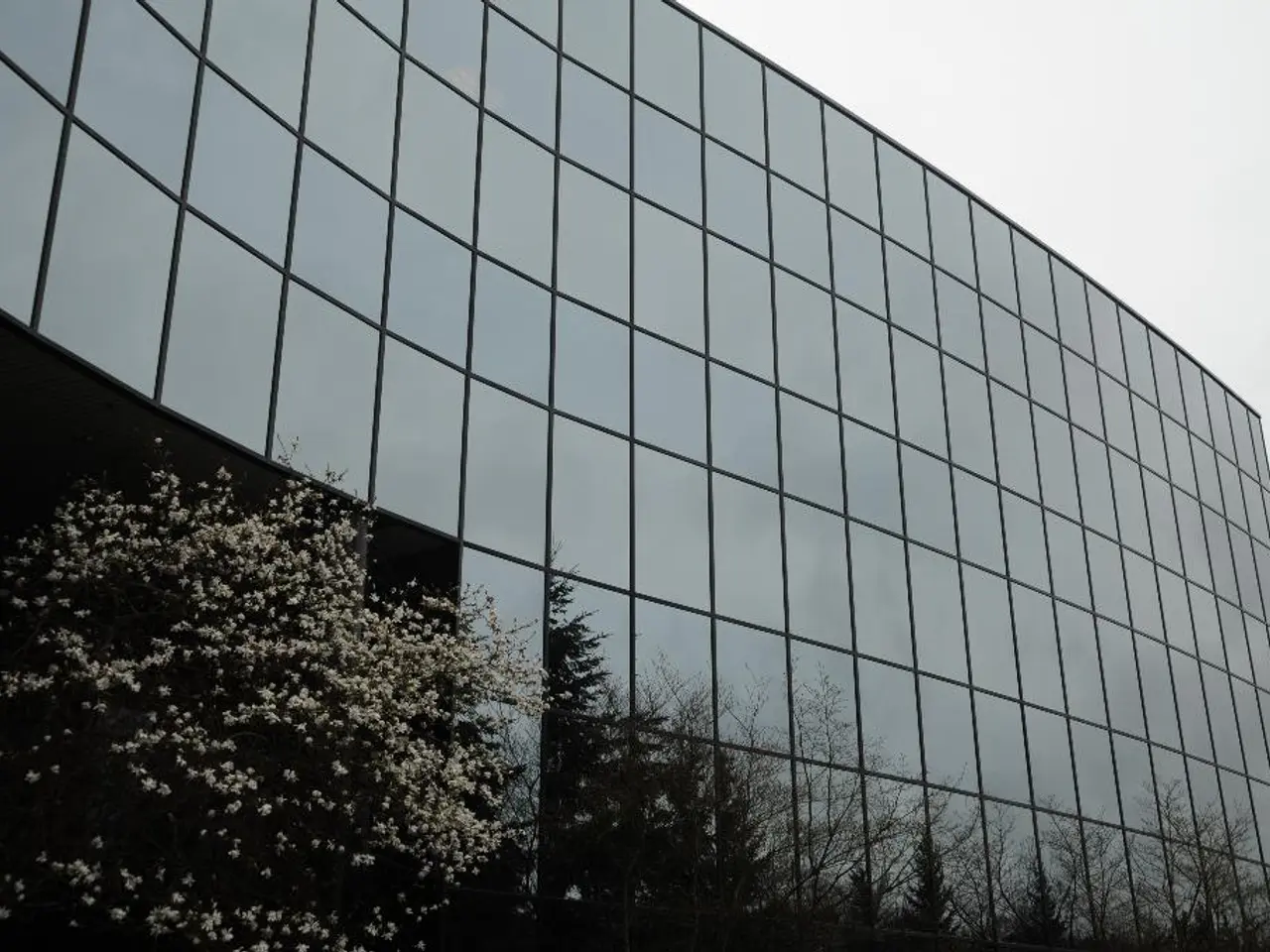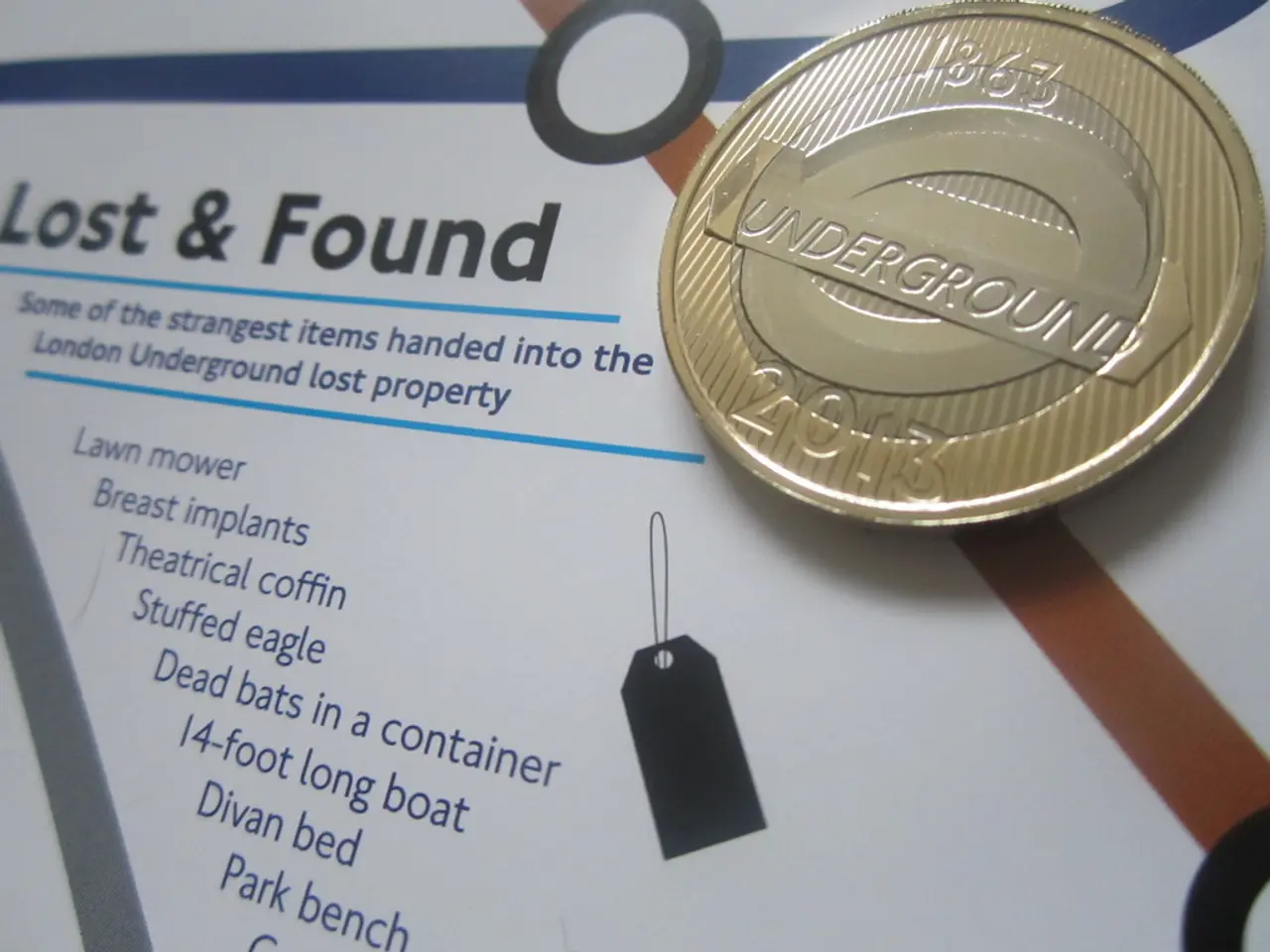Required Design Files for PCB Manufacturing: Gerber, ODB++, and Other Associated Files
=========================================================================
In the world of Printed Circuit Board (PCB) manufacturing, two file formats stand out as the most common choices: Gerber and ODB++. Each offers unique benefits and is suited to different scenarios.
Gerber files, an industry standard, are widely used and trusted due to their detailed layer-by-layer graphical information. These files, with extensions such as .brd, .rou, .drl, and .GTS, effectively describe the physical layout of each board layer. Gerber files are compatible with virtually all fabrication tools, but they often require separate drill and placement files, and lack comprehensive embedded design intent information.
On the other hand, ODB++ offers significant advantages over Gerber files in PCB manufacturing. This intelligent data package provides a single, unified archive with complete board data, reducing file management complexity and the risk of mismatch errors. ODB++ contains richer metadata including layer stack-up, netlist, component placement, and drill information, making it better suited for complex boards and flexible/rigid-flex PCB manufacturing.
One key benefit of ODB++ is its support for detailed layer sub-types and zones, enabling more automated and error-resistant manufacturing processes. This format reduces errors and ambiguity compared to Gerber files, which require multiple separate files (Gerber for layers and Excellon for drilling) and primarily represent layer images with less embedded metadata.
The customer's CAD netlist will be compared by the fabricator with the list derived from the Gerber data provided by the customer. However, Gerber 274x does not support the netlist, and it can contain unnoticed errors. The netlist (formatted as IPC-356) is a list of networks that determine a bare circuit board's conductivity interconnection scheme.
Drilling is the most expensive, irreversible, and time-consuming process in the manufacturing process of PCBs. A drill file, a secondary file sent to the manufacturer with the Gerber file, refers to the position, size, and number of holes in the desired PCB. Drills can be of different types: through-holes, blind vias, and buried vias.
In contrast, ODB++ is an intelligent format that contains all the information required to define a PCB layer. A Gerber file set includes files for aperture definitions, top and bottom layers, solder mask, solder paste, silkscreen, assembly instructions, and drill files.
The IPC netlist aims to find defects in the pre-production process, while PCB manufacturers can check the manufacturability of a PCB by running advanced design for manufacturability (DFM) checks. The Fab drawings give the manufacturing details of the PCB, including board dimensions, drill details, class of fabrication (class 2, class 3), and stack-up details.
Regular, plated drill files use the '.drl' file extension, and non-plated hole drill files have 'np' in the file name. The number of files created for the drill varies depending on the complexity of PCB wiring. The NC drill file can be used to correctly determine where all the drill holes are located on your board and the size they require.
The Design for Manufacturing Handbook, containing 10 chapters, 40 pages, and a 45-minute read, serves as a primary communication bridge between PCB fabricators and designers. For PCB manufacturing, the fabricator requires detailed Gerber or ODB++ files, or IPC-2581 imports/exports.
In summary, ODB++ provides a smarter, comprehensive solution improving precision and reducing ambiguity in modern PCB manufacturing workflows, while Gerber remains essential and effective due to its long-standing industry acceptance and compatibility.
- Technology in the PCB manufacturing industry advances with formats like ODB++, which offers a unified archive for complete board data and reduces file management complexity, making it better suited for complex boards and modern PCB manufacturing.
- Gerber files, while an industry standard and widely used in PCB manufacturing, lack comprehensive embedded design intent information compared to ODB++, which supports detailed layer sub-types and zones, enabling more automated and error-resistant manufacturing processes.




